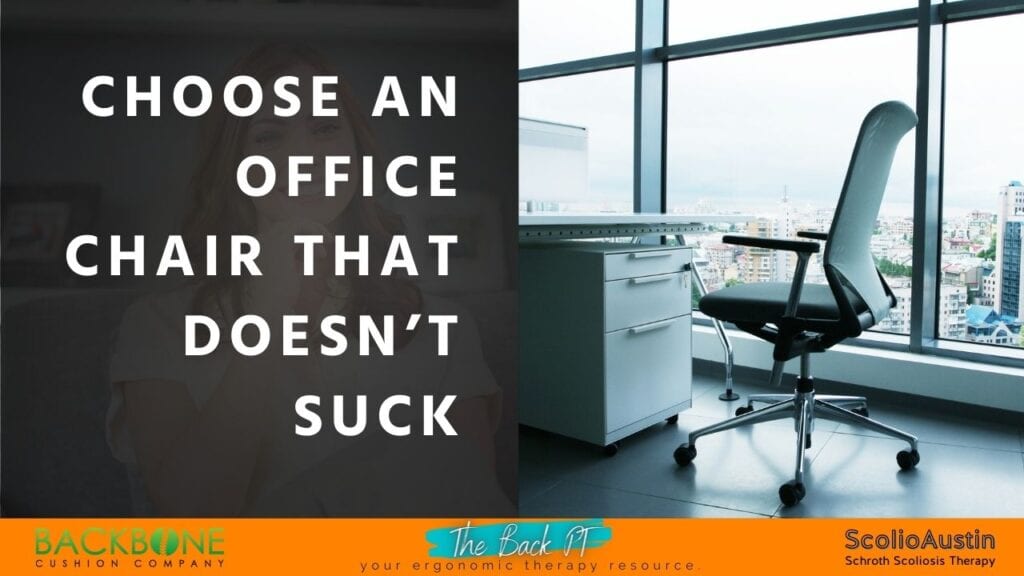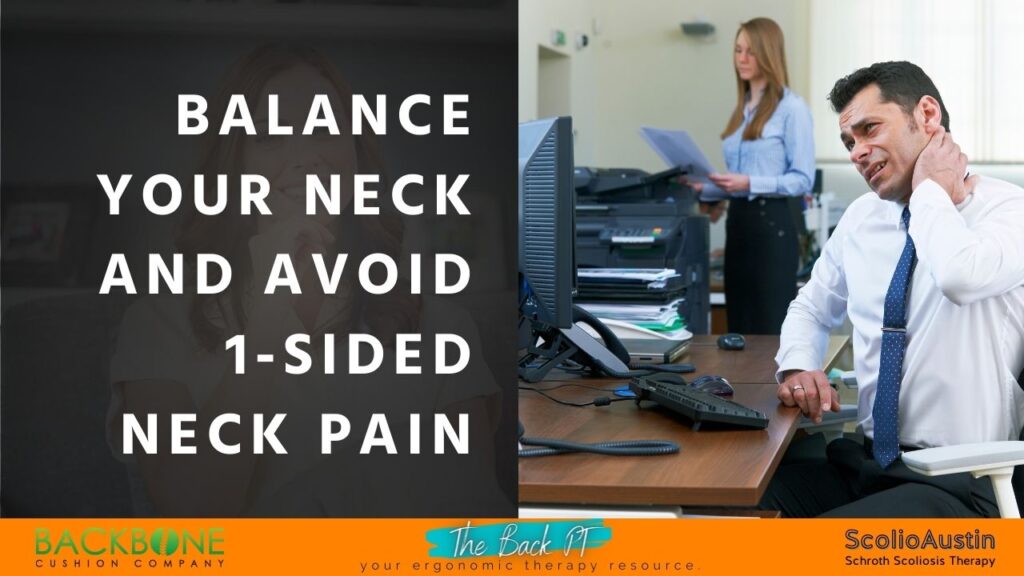
Neck pain with children? It’s not usually something we think about. Know what else is a rare occurrence? Seeing someone without a smart phone. We tend to think about neck pain and back pain as being an adult condition but medical professionals are seeing more and more children complaining about neck pain and back pain as the use of cell phones has been more prominent in every day life.
Billions of people are now walking around hunched over checking emails, checking social media, or texting. The constant looking down at a phone is raising the concern about neck pain and back pain increasing in our society and increasing our medical bills. It’s creating an actual condition called Text Neck.
A new study from the American Medical Association shows:
- That the weight the spine has to carry when your head is consistently flexing forward is dramatically increased.
- Your head is said to weigh about 12 pounds so bending your neck forward puts a significant amount of stress on your neck and down to your spine.
- If your head is bent at 15 degrees, the weight increases from 12 to 27 pounds. At 60 degrees, your head exerts 60 pounds of force.
- Serious wear and tear is being accumulated on the natural curve of your spine over such a slow time that you might not even notice it until it’s too late.
- If the natural curve of the cervical spine is lost, there can be serious consequences such as early damage and even possibly surgeries.
“Text neck”, as some are calling this condition, happens when you’re repeatedly stretch and pull your neck which naturally causes the neck to become inflamed over time. This inflammation can lead to pinched nerves, herniated discs, and deformities to your neck’s natural curve. The forward neck posture is also linked to headaches, neurological problems and even heart disease. You might think, well, my kids are too young to experience these aging afflictions but you’d be wrong. The new generation of kids are having these problems earlier and more severely than any of our previous generations. It’s never too early to think about posture correction.
Try these easy tricks for you and your kids:
- Position your chin up 45 degrees, putting your head over your shoulders and pushing your chest forward.
- Bring the phone up to your viewing area instead of bringing the head down to your phone
- Try to sit back with your spine supported so your shoulder blades can squeeze back
- Be aware of where they are sitting and for how long. If the chairs are too soft and rounded, an extra cushion support for the midback may be the next best option to bring them into a better position with less conscious effort demanded of them
- Get them to drink lots of water. Getting up frequently and changing positions will help with blood flow and decrease the tendency for ligaments to get overstretched in one position.
- Monitor your kids for any spinal asymmetries. These usually are seen between 10-12 years old for girls and 11-13 for boys. Poor posture won’t cause scoliosis but it can definitely contribute to seeing it sooner.
FINAL THOUGHTS: Posture is said to have both physical and mental effects. This is why it is vitally important to be aware of your child’s posture even if when we can’t do anything about their phones. Being able to raise a healthy, tall, confident and happy child involves many facets. Don’t forget how much their posture can make your life easier!
If you’d like any further information on how to set up your child’s remote learning from home school space or more information on postural re-education, please reach out to us at hello@backbonecushion.com and we’ll be happy to help you.






